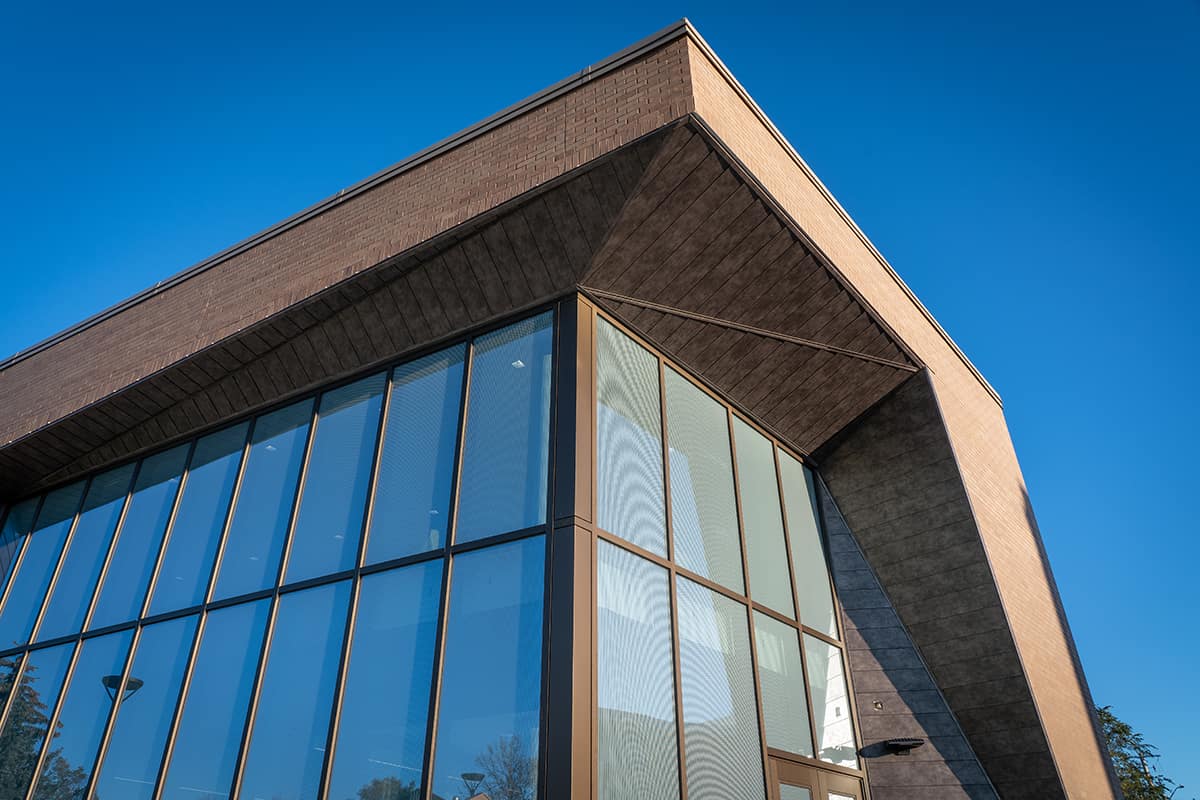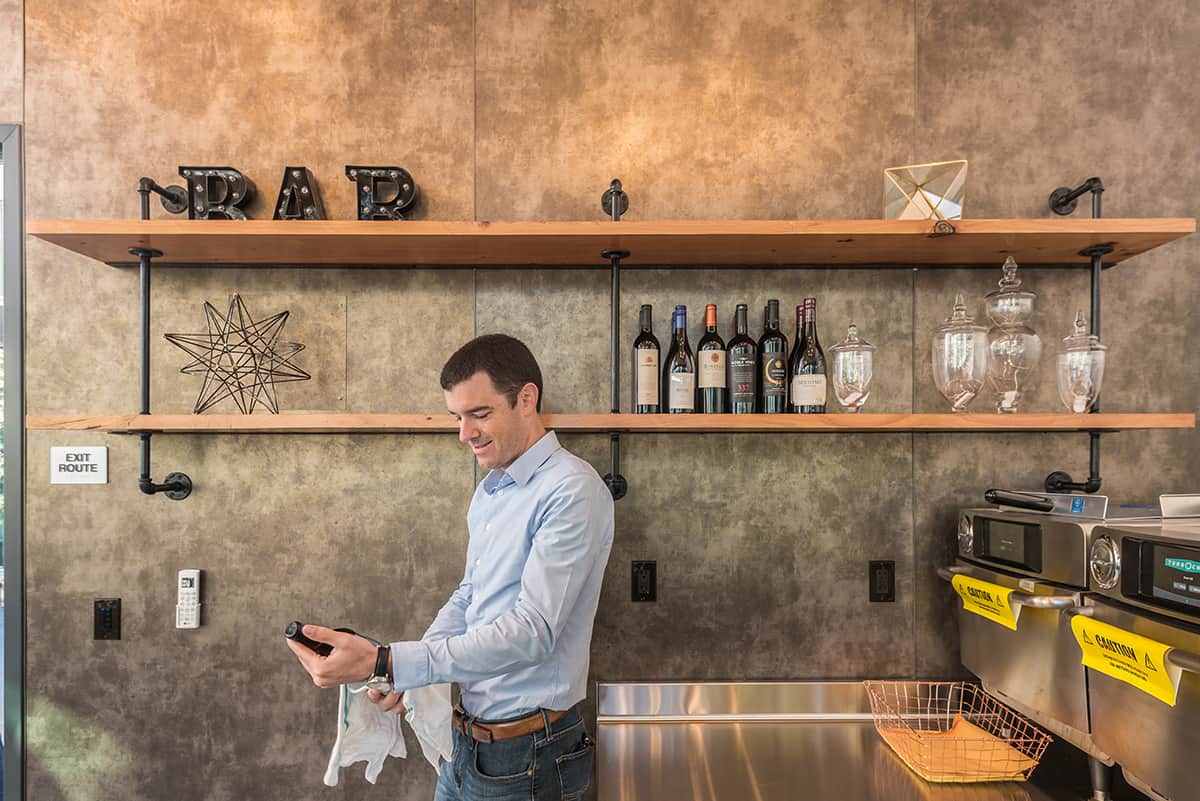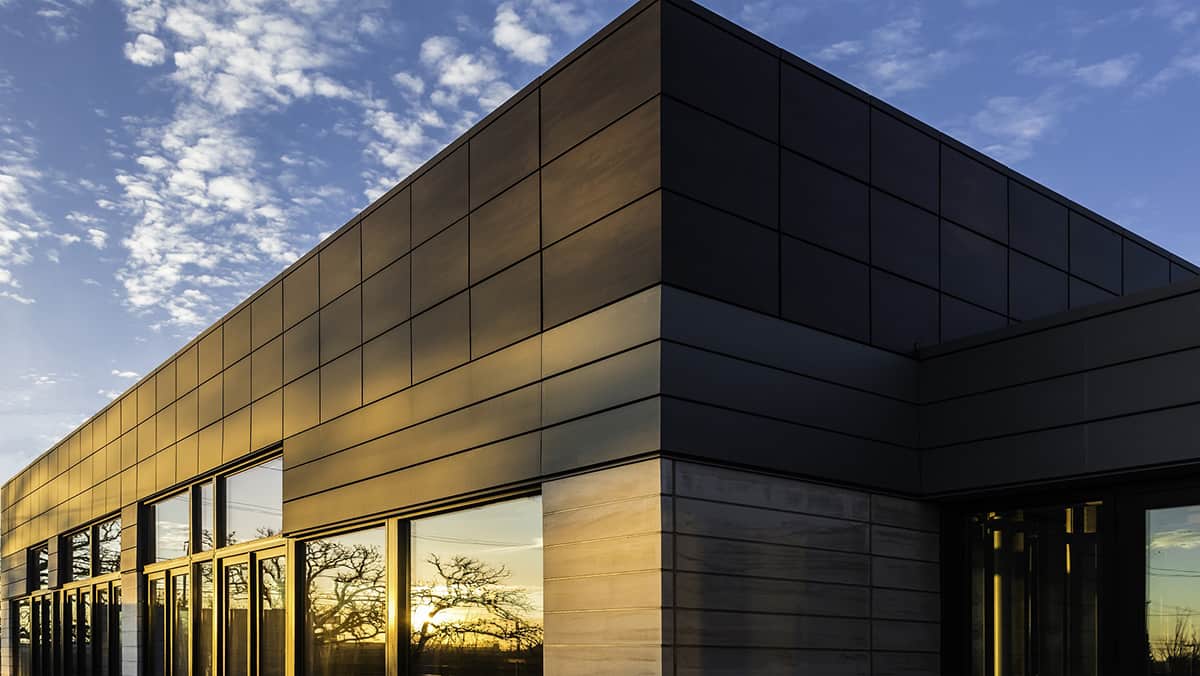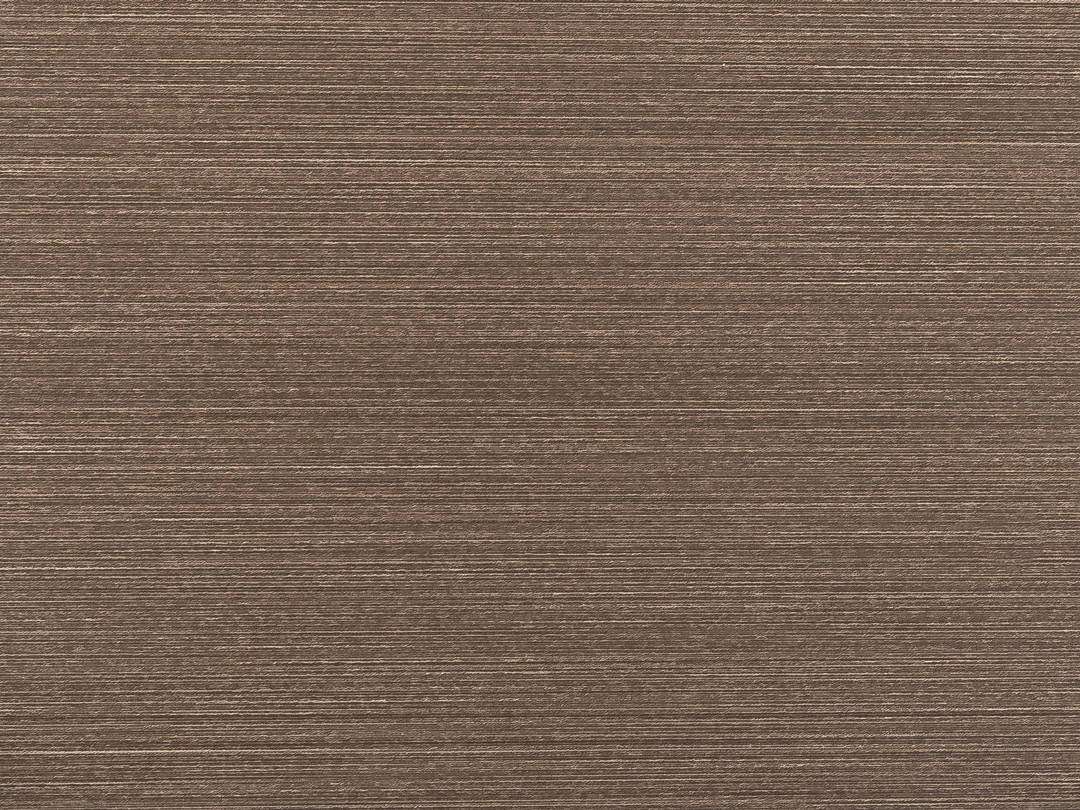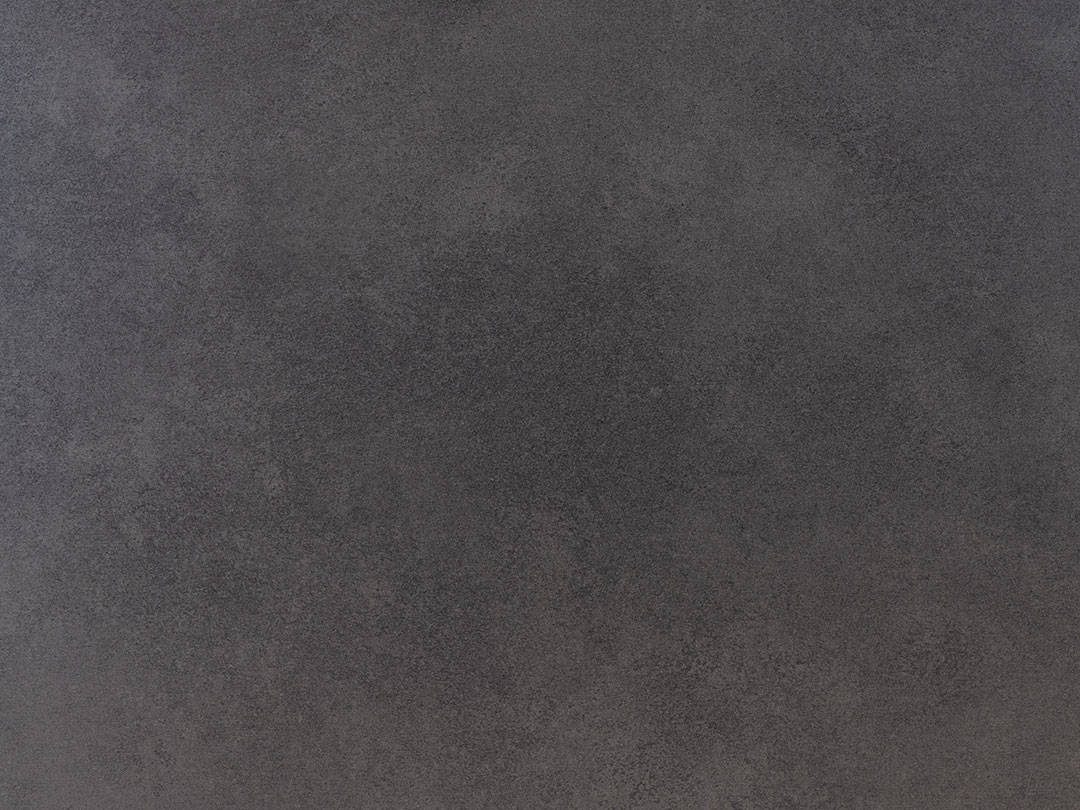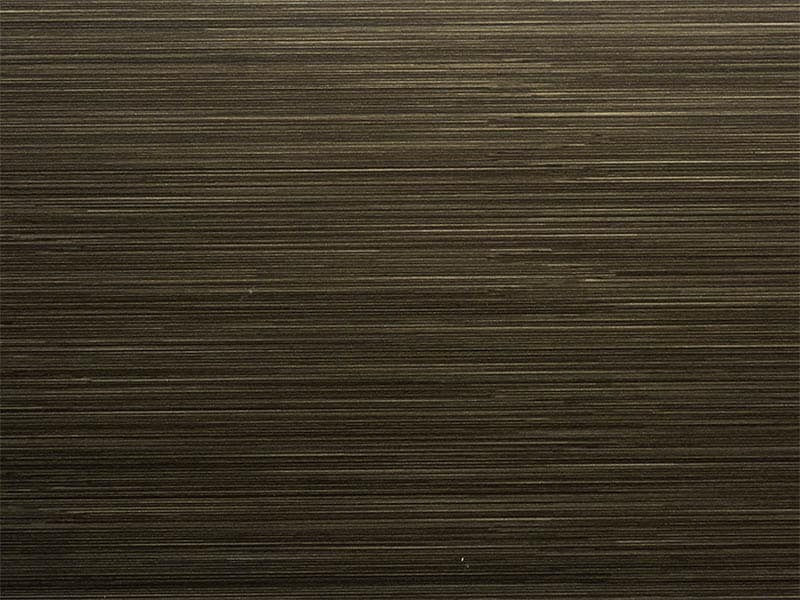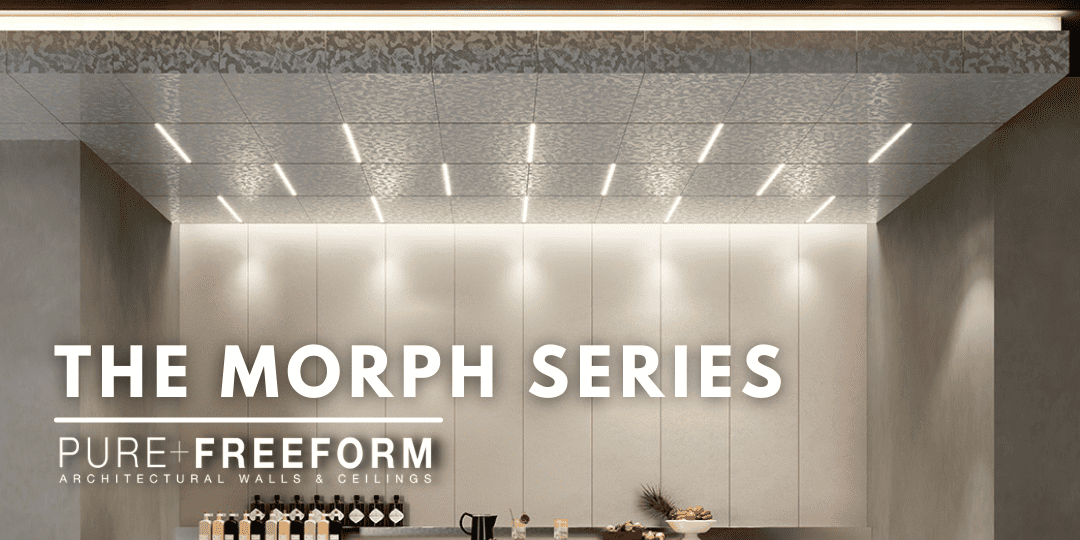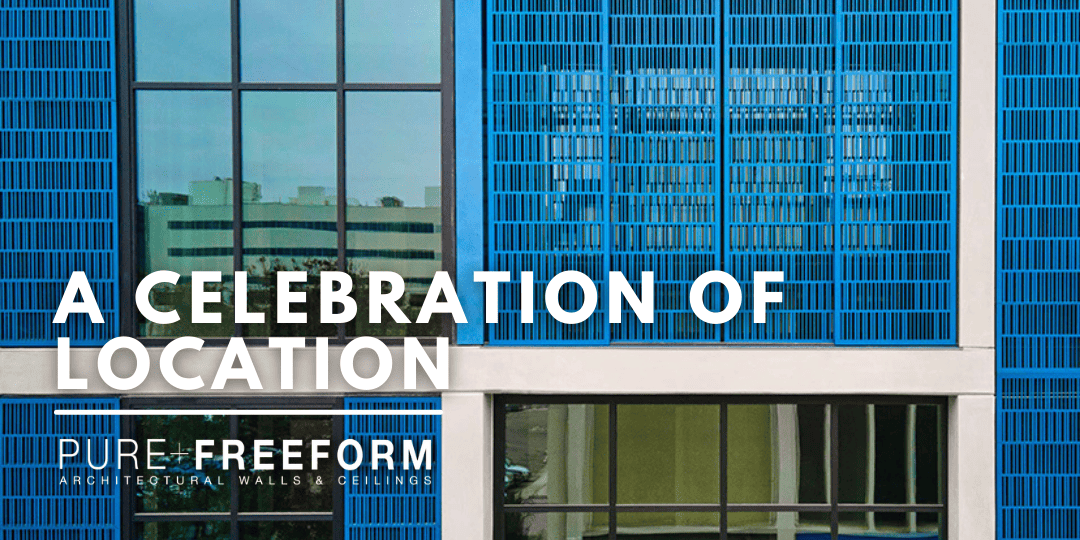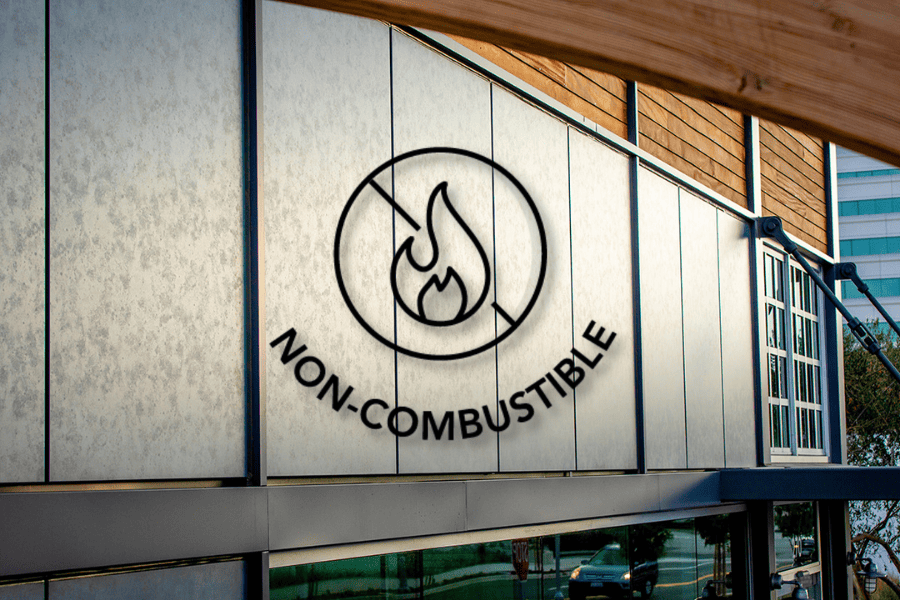
The Future of Bronze in Design
Bronze is often architecturally misrepresented as generic term for a dark, brown metals. True bronze is an alloy of copper and tin, whereas most “bronze” seen in commercial usage is an alloy of copper and zinc, making it brass and not actually bronze at all!
Like most other natural materials, there is a wide range in appearance due to variations in the alloy or patinization, caused by the oxidation of copper. This can become an issue for designers when certain patinas and shades, subtleties often paramount to important design, are impossible to recreate or match using natural processes.
However, technology allows us to capture the qualities of these natural materials without the performance concerns or time needed to achieve certain colors. This will be one of the keys to the future of bronze specifications in architecture.
Below are some of our recreations of the historically significant metal, with precedents.
Winona State University & PayPal
Deco Bronze
Deco Bronze has a distinct art deco feel, but rather than creating a geometric finish, we opted for a more antiqued distressing, making it more flexible while taking on both brass and bronze qualities.
33 Park View Ave
Park Bronze
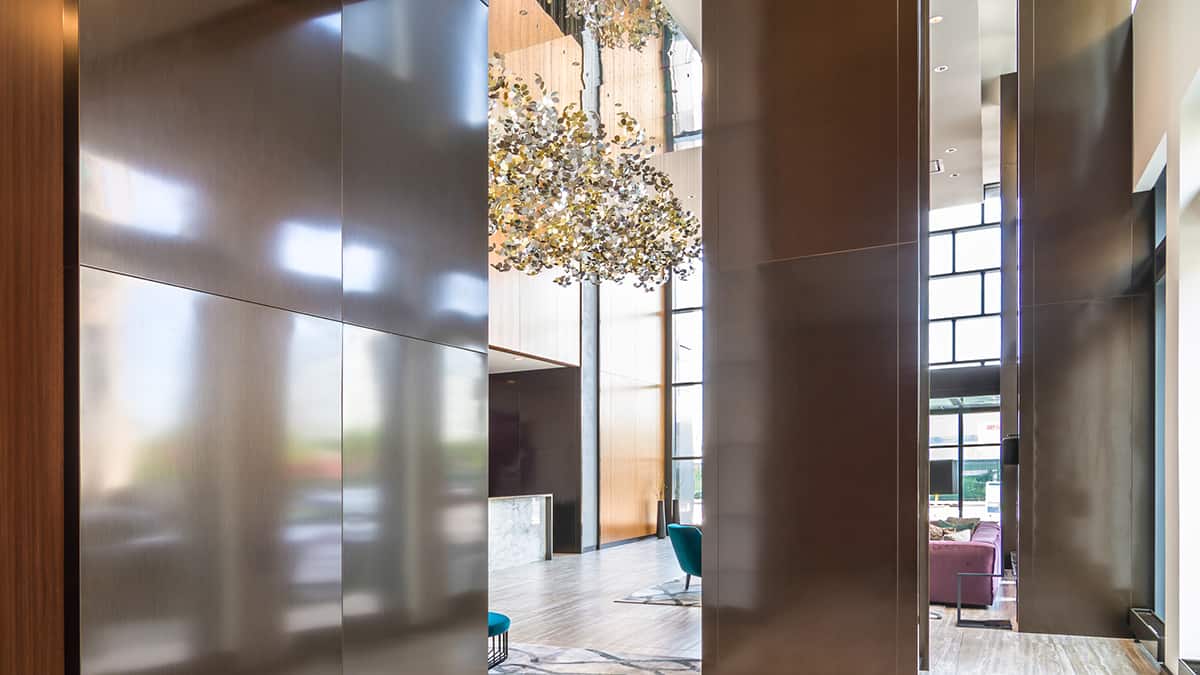
Park Bronze is a blackened bronze finish with a brassy pearl hairline. This satin finish reflects light, creating movement as the light source and strength changes throughout the day.
Rapt Fitness
Oil Rubbed Bronze
Oil Rubbed Bronze is a matte finish with varied hues and perfectly imperfect textures, capturing everything we love about the classic finish.




